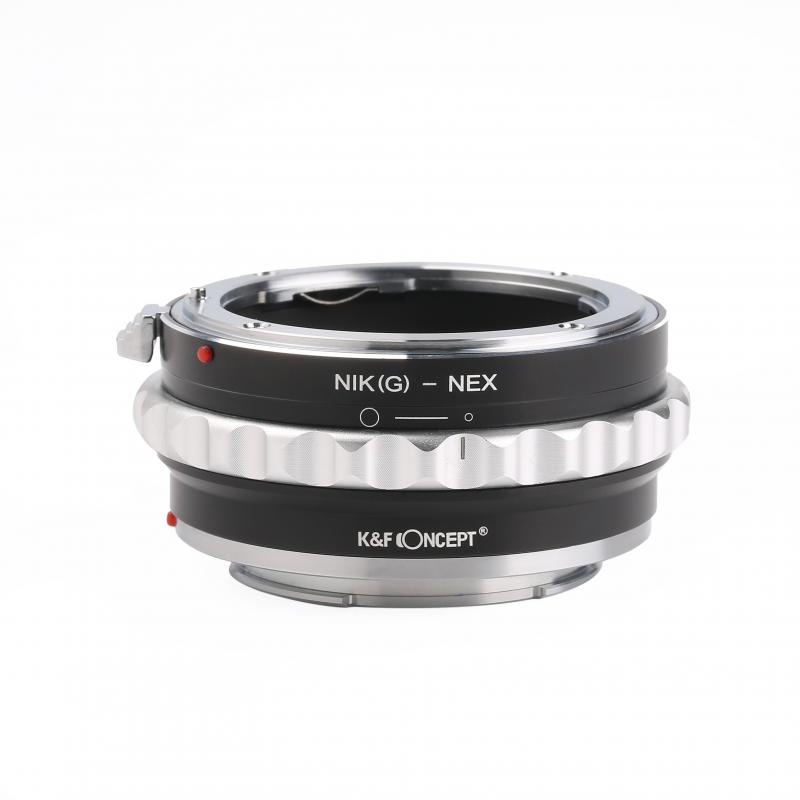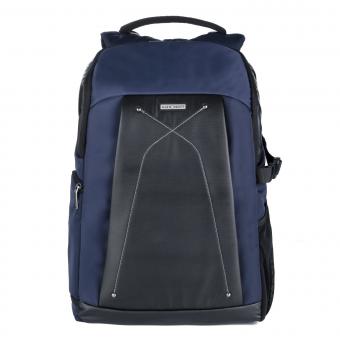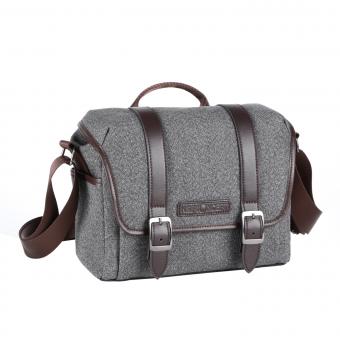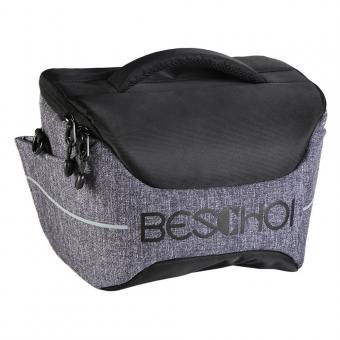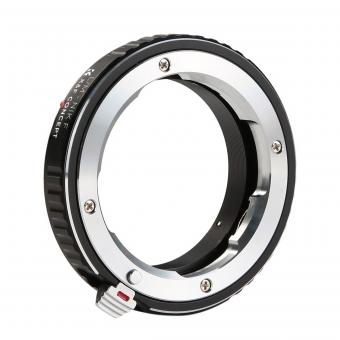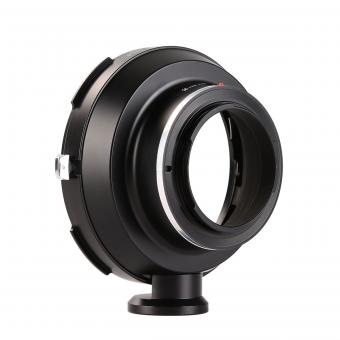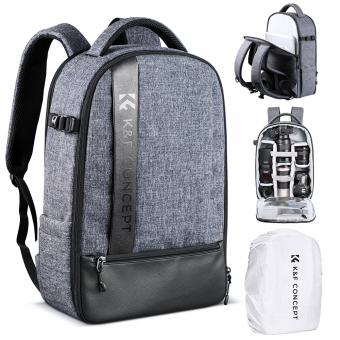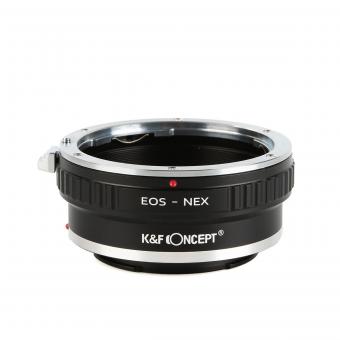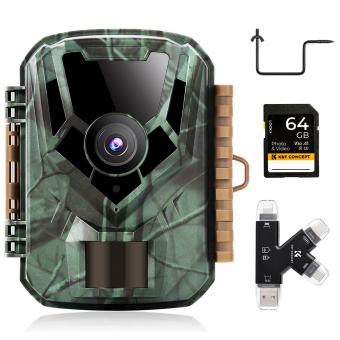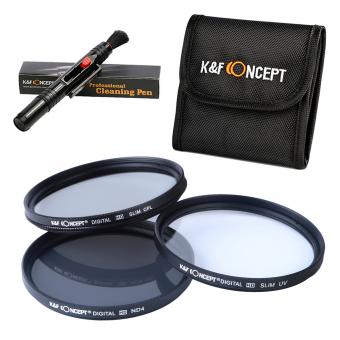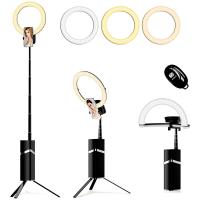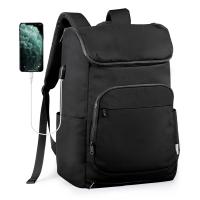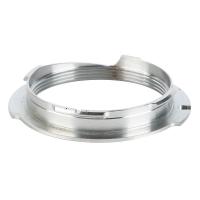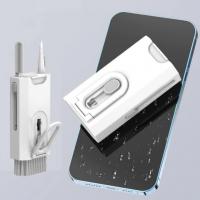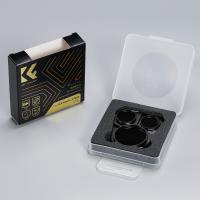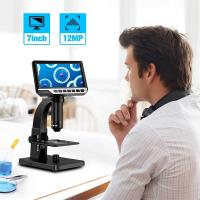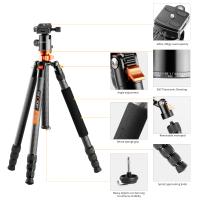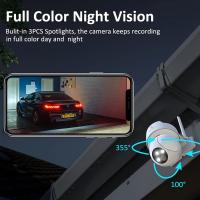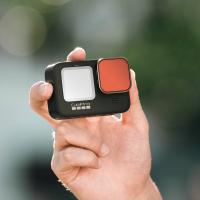How To Select Lens For Dslr Camera ?
When selecting a lens for a DSLR camera, there are several factors to consider. The first is the type of photography you will be doing, such as landscape, portrait, or sports. This will determine the focal length you need, which is measured in millimeters. For example, a wide-angle lens is good for landscapes, while a telephoto lens is better for sports.
Another factor to consider is the aperture, which is the size of the opening in the lens that lets light in. A larger aperture (lower f-number) allows more light in and is good for low-light situations and creating a shallow depth of field. However, lenses with larger apertures tend to be more expensive.
You should also consider the brand and compatibility with your camera. Different camera brands have their own lens mounts, so make sure the lens you choose is compatible with your camera.
Finally, consider the quality of the lens. Higher quality lenses tend to have better optics, build quality, and durability, but they also come with a higher price tag. It's important to find a balance between your budget and the features you need for your photography.
1、 Focal length and angle of view
How to select lens for DSLR camera? One of the most important factors to consider is the focal length and angle of view. Focal length determines the magnification and distance of the subject, while angle of view determines the width of the scene captured by the lens.
For example, a wide-angle lens with a short focal length (such as 10-20mm) is ideal for landscape and architectural photography, as it can capture a wide angle of view. On the other hand, a telephoto lens with a long focal length (such as 70-200mm) is ideal for sports and wildlife photography, as it can magnify the subject from a distance.
It is also important to consider the aperture of the lens, which determines the amount of light that enters the camera. A wider aperture (such as f/1.8) allows for better low-light performance and shallow depth of field, while a narrower aperture (such as f/8) allows for greater depth of field and sharper images.
In addition, lens manufacturers are constantly releasing new models with improved technology and features. It is important to research and compare different lenses before making a purchase, and to consider factors such as image stabilization, autofocus speed, and overall image quality.
Overall, selecting the right lens for your DSLR camera requires careful consideration of focal length, angle of view, aperture, and other features. By doing your research and understanding your specific photography needs, you can choose a lens that will help you capture stunning images.
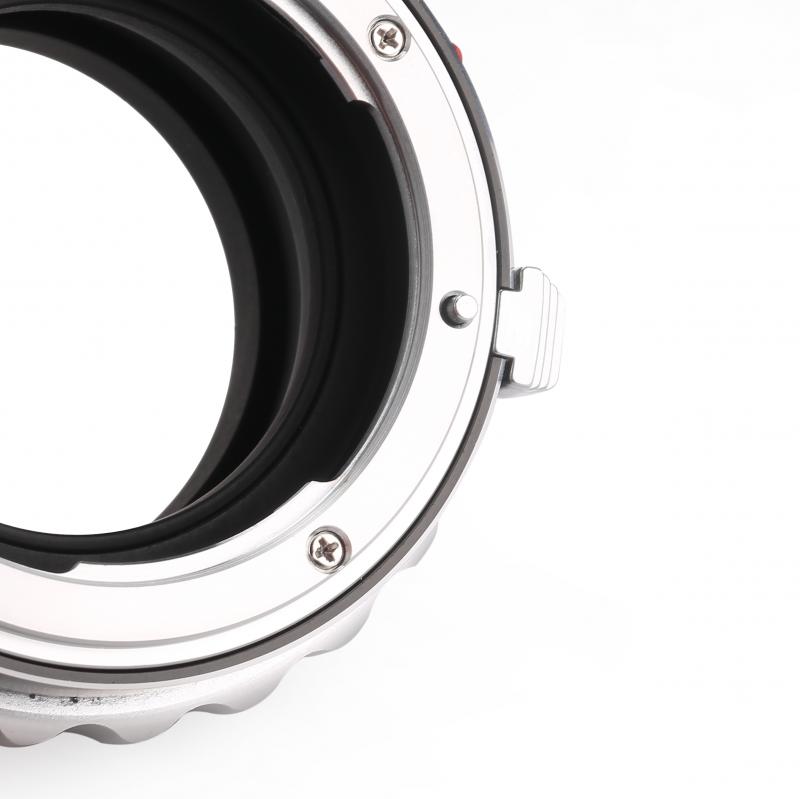
2、 Aperture and depth of field
How to select lens for DSLR camera? One of the most important factors to consider is the aperture and depth of field. Aperture refers to the size of the opening in the lens that allows light to enter the camera. The larger the aperture, the more light can enter the camera, which is important for low-light situations. The aperture also affects the depth of field, which is the range of distance in the image that appears in focus. A larger aperture (smaller f-number) will result in a shallower depth of field, while a smaller aperture (larger f-number) will result in a deeper depth of field.
When selecting a lens, it's important to consider the type of photography you will be doing. For example, if you are interested in portrait photography, you may want to choose a lens with a wide aperture (such as f/1.8 or f/1.4) to create a shallow depth of field and blur the background. On the other hand, if you are interested in landscape photography, you may want a lens with a smaller aperture (such as f/8 or f/11) to ensure that everything in the image is in focus.
It's also important to consider the focal length of the lens. A shorter focal length (such as 18mm) will result in a wider field of view, while a longer focal length (such as 200mm) will result in a narrower field of view and more magnification. Different lenses are designed for different purposes, so it's important to choose a lens that suits your needs.
In recent years, there has been a trend towards mirrorless cameras, which use a different type of lens than traditional DSLRs. Mirrorless cameras often have smaller and lighter lenses, which can be more convenient for travel and everyday use. However, DSLRs still offer advantages in terms of autofocus speed and battery life, so it's important to consider your priorities when choosing a camera and lens.
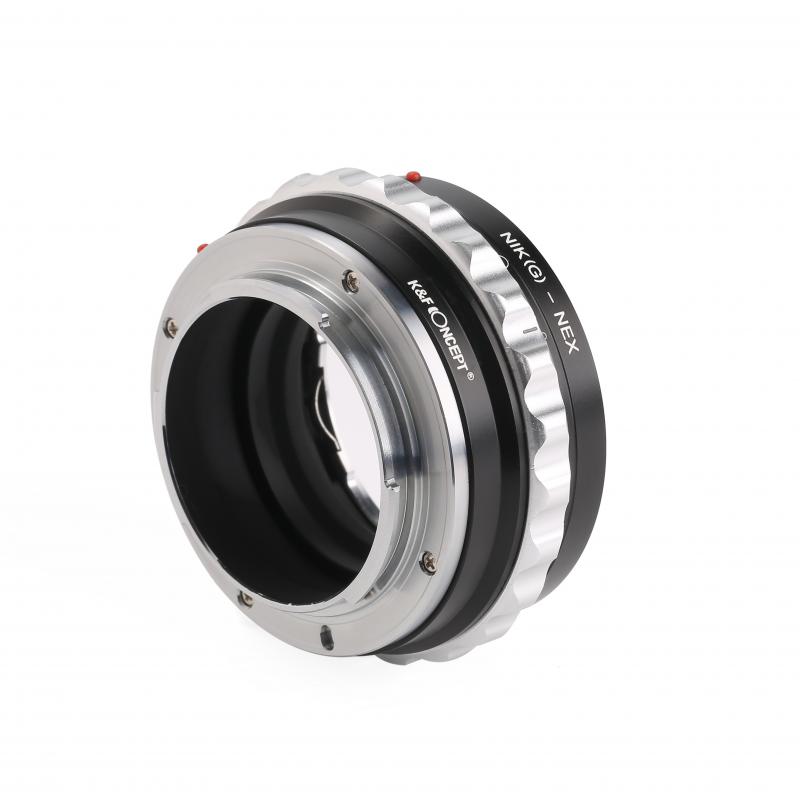
3、 Image stabilization and vibration reduction
How to select lens for DSLR camera? One important factor to consider is image stabilization or vibration reduction. This feature helps reduce camera shake and blur in photos, especially when shooting in low light or with slower shutter speeds.
When selecting a lens with image stabilization or vibration reduction, it's important to consider the type of photography you'll be doing. For example, if you're shooting sports or action, you may want a lens with faster autofocus and a higher shutter speed, which may not require image stabilization. On the other hand, if you're shooting landscapes or portraits, image stabilization can be a valuable feature to have.
It's also important to note that not all lenses have image stabilization or vibration reduction built-in. Some camera bodies have this feature built-in, so you may not need it in your lens. Additionally, some lenses may have different types of image stabilization, such as optical or electronic stabilization.
The latest point of view on image stabilization and vibration reduction is that it's becoming more common in lenses across all price points. Even entry-level lenses are starting to include this feature, making it more accessible to photographers of all levels.
In summary, when selecting a lens for your DSLR camera, consider the type of photography you'll be doing and whether image stabilization or vibration reduction is necessary. Look for lenses with this feature built-in, but also consider whether your camera body already has this feature. And remember, image stabilization is becoming more common in lenses across all price points.
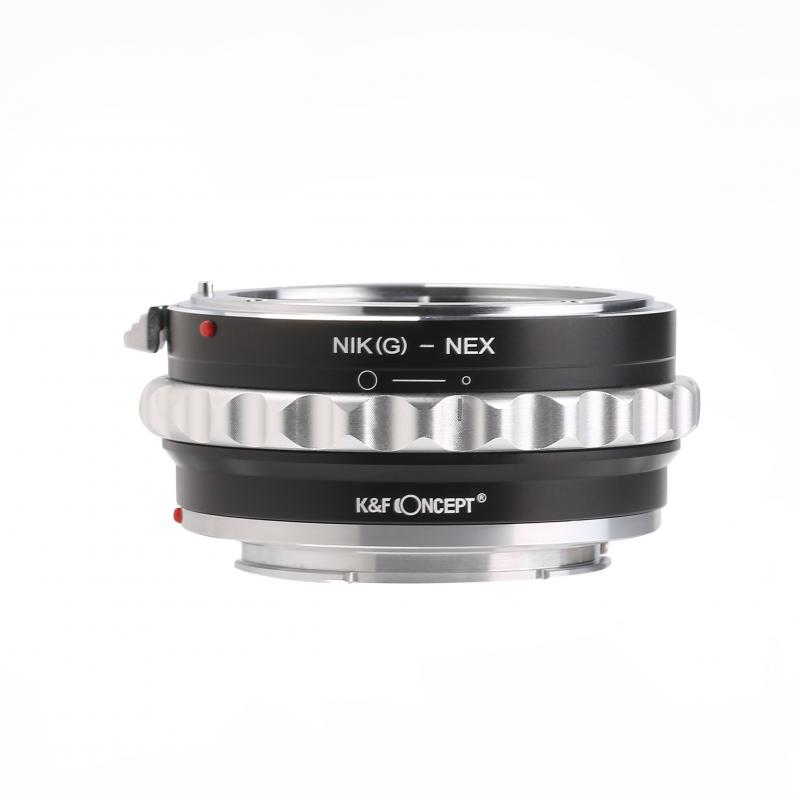
4、 Lens mount compatibility
How to select lens for DSLR camera? One of the most important factors to consider is lens mount compatibility. Different camera brands have their own lens mounts, and not all lenses are compatible with all camera bodies. For example, Canon lenses are designed to fit Canon camera bodies, while Nikon lenses are designed to fit Nikon camera bodies.
When selecting a lens for your DSLR camera, it is important to ensure that the lens mount is compatible with your camera body. This will ensure that the lens fits properly and functions correctly. Some camera brands, such as Sony, have also introduced adapters that allow lenses from other brands to be used with their camera bodies.
It is also important to consider the type of photography you will be doing when selecting a lens. Different lenses are designed for different purposes, such as portrait photography, landscape photography, or sports photography. Some lenses are also designed for specific camera formats, such as full-frame or crop sensor cameras.
In recent years, there has been a trend towards mirrorless cameras, which use a different type of lens mount than traditional DSLR cameras. Mirrorless cameras are becoming increasingly popular due to their smaller size and weight, and many camera manufacturers are now offering a range of lenses specifically designed for mirrorless cameras.
In summary, when selecting a lens for your DSLR camera, it is important to consider lens mount compatibility, the type of photography you will be doing, and any specific requirements for your camera format. With the increasing popularity of mirrorless cameras, it is also important to consider the type of camera you are using and whether it requires a different type of lens mount.
